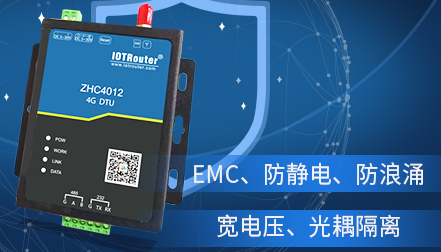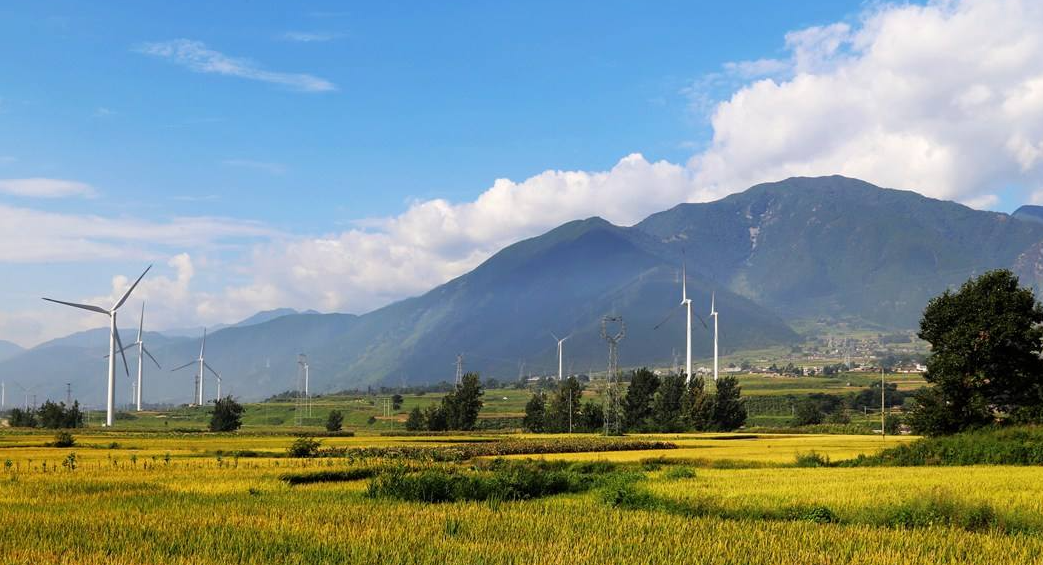The proposal of distribution automation has led to rapid development of the power market. It integrates modern communication technology, computer technology, automatic control technology and other technologies to realize the monitoring, management and control of the distribution system. The distribution automation system uses distribution automation technology to provide users with high-quality electric energy services. The development history of distribution automation technology in my country is relatively short. Research and discussion began in the late 1980s. Compared with developed countries, the UK has used time switches to control load devices since the 1930s. This marks the beginning of the rise of distribution automation. Distribution automation has gone through an initial switchgear-based stage to the current network-based multi-functional stage. It has developed rapidly and the technology has become more mature.

As a series of power distribution terminals, DTU has not been studied for too long, but the functions of DTU have been greatly improved. DTU has experienced single-core (mainly 51 microcontroller series) structure and dual-core (ARM DSP) structure. , and even several stages of multi-core structure, a new generation of intelligent power distribution terminals based on operating systems that are multi-tasking, multi-functional, faster in processing and more accurate in calculation have been developed [15]. Foreign countries are also earlier than my country in the research of DTU terminals. When my country started the research of DTU terminals, foreign countries had already conducted a lot of research on DTU based on FTU, and DTU had been used in power monitoring. However, because many countries have invested their energy in high-voltage transmission networks, the development of DTU in medium and low-voltage distribution networks has been very slow. However, as the power market continues to mature and develop, people’s requirements for power quality are also constantly increasing. The proposal of smart grid has made the research of DTU continue to attract the attention of various countries. As a power distribution terminal with more complete functions and more stable performance, DTU has also enabled countries to increase scientific research investment and investment in DTU research.
In January 2009, the United States released the “Recovery Plan Standard Report”, which enabled more than 40 million smart terminals to be put into use in the United States, which will mark a milestone in smart grid [16]. The first domestic power distribution automation system equipment was born in Pudong, Shanghai in 1996. This is also a historical change in domestic power distribution automation. In the early days, due to the late start of domestic research on intelligent terminals, the technology was backward and basically imported from abroad. Representative products with relatively mature technologies at that time included DART from the United States and Talus-200FTU from France [17]. However, with the deepening of our country’s research on intelligent automation and the enhancement of our country’s comprehensive national strength, many manufacturers in our country have invested in the research and development of DTU products. According to incomplete statistics, the number of manufacturers producing distribution terminals nationwide has reached at least 50. At the same time, It has accumulated many mature DTU products. At present, domestic technology is relatively mature and representative DTU products include PDZ800 from Shenzhen Nari Group and WPZD-16 from Henan Xuji Group. These products also include relay protection, phase synchronization detection, voltage-type feeder automation, and Bluetooth wireless. Maintenance and many other additional functions.

The continuous development of distribution automation technology has promoted the development of intelligent distribution terminals. As a new series of intelligent terminals, DTU technology represents the overall technical level of intelligent terminals to a certain extent. The current technical level of DTU is higher than that of other intelligent terminals. Improving the technical level of DTU will bring the technical level of intelligent terminals to a higher level. Most of the current DTU products are three-remote (with remote control, remote signaling, and telemetry functions) series. They usually use ARM series processors and signal processors DSP to realize the three-remote functions of DTU, using DSP processing technology and fast Fourier algorithm. The telemetry function is implemented in a combined manner, and the ARM series processor is used to complete the remote signaling and remote control function [18]. The main features of current DTU products are: rapid fault location and isolation; terminal networking; interconnection between terminals; industrial-grade chips that meet electromagnetic compatibility characteristics; support for multiple communication methods, etc.
As a pillar industry in our country, the electric power industry is closely related to our economic development. For the economy to develop, the power industry must keep pace. In order to better develop my country’s electric power industry and improve the quality of power supply for users, the electric power industry must have advanced technology. It is under this background that distribution automation technology has emerged, bringing the electric power industry into a new stage. Some key technologies have also achieved breakthroughs, and a series of new intelligent power distribution terminals have been developed using distribution automation technology. At present, research on smart grids is in its infancy in many developed countries. Our country has also developed distribution terminals and other electronic products with independent intellectual property rights based on continuous absorption of foreign experience. In the face of such opportunities, we must continue to innovate and develop more intelligent terminals suitable for domestic distribution networks and catch up with international standards in technology.
Disclaimer: Some of the articles on this website are reproduced from the Internet. If it infringes upon your interests, please contact us and we will delete the relevant content and apologize!
